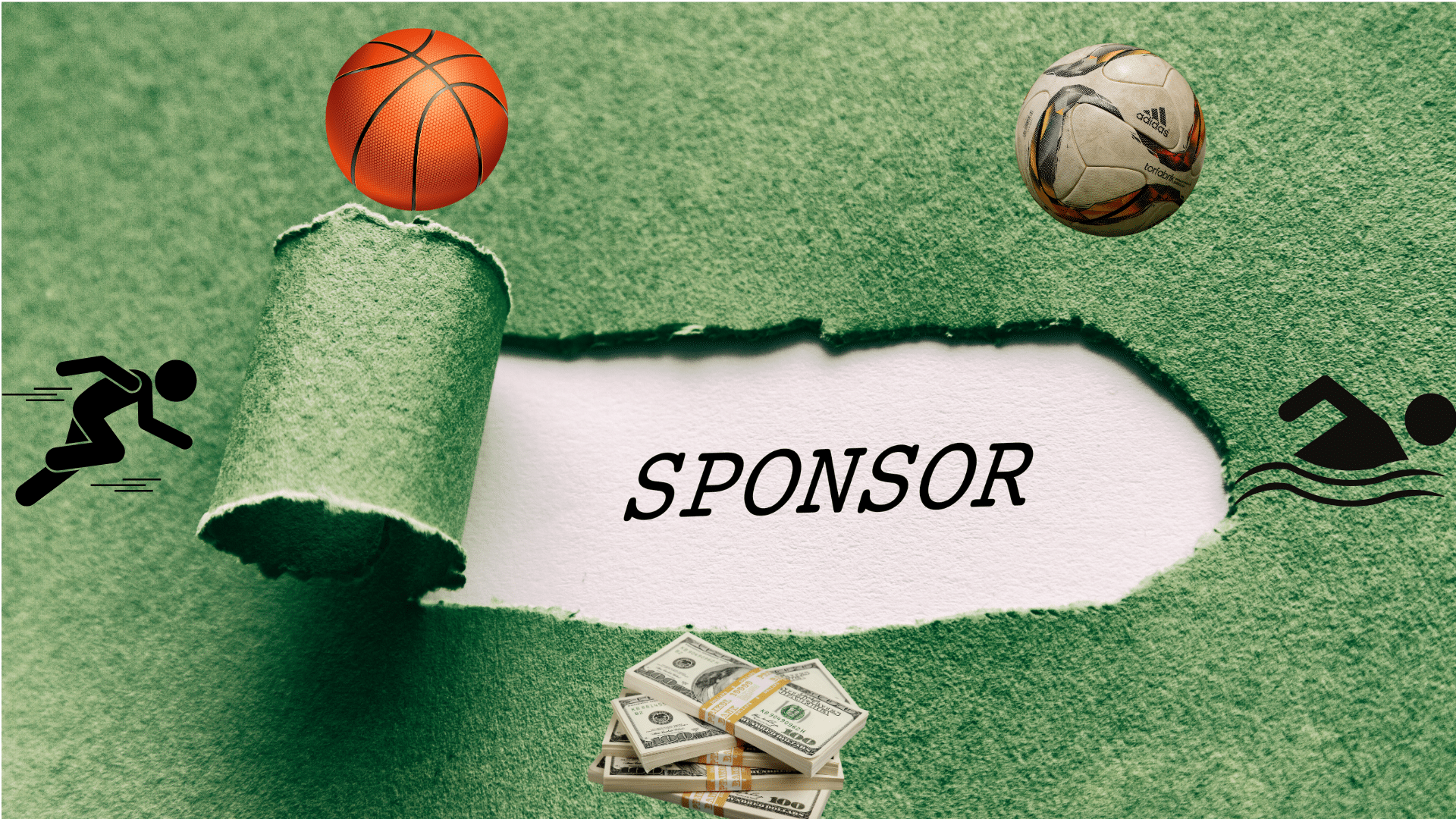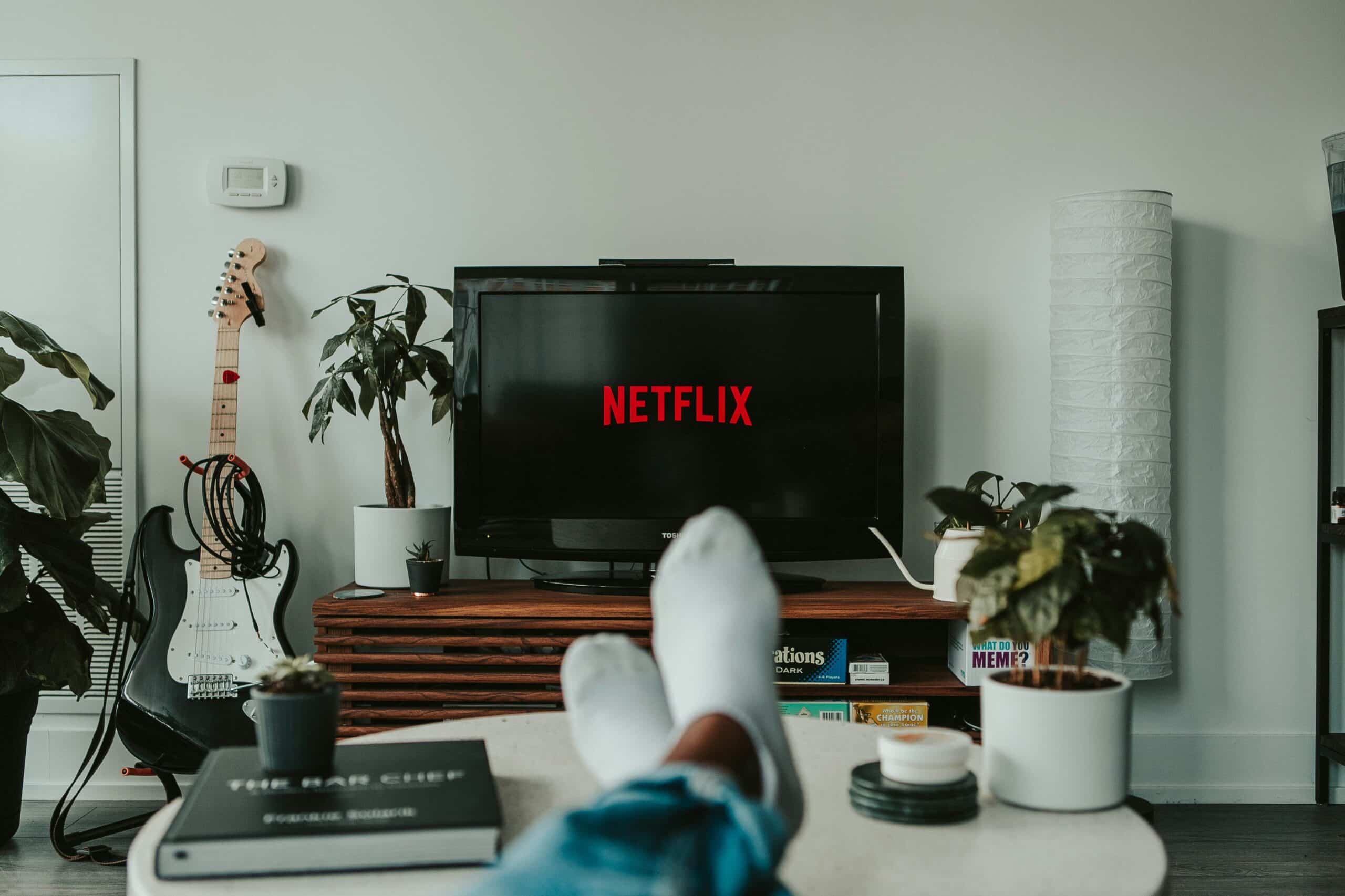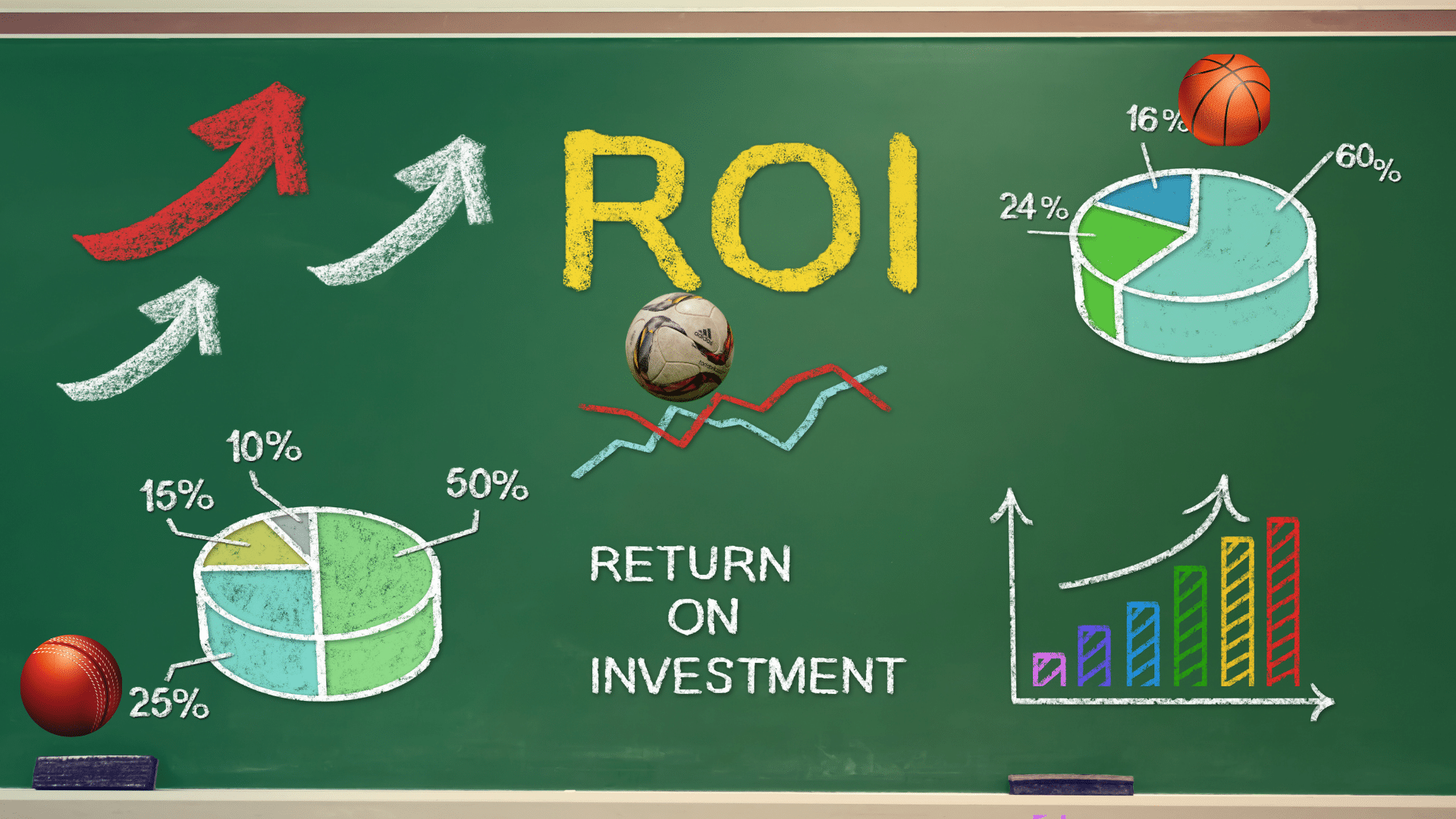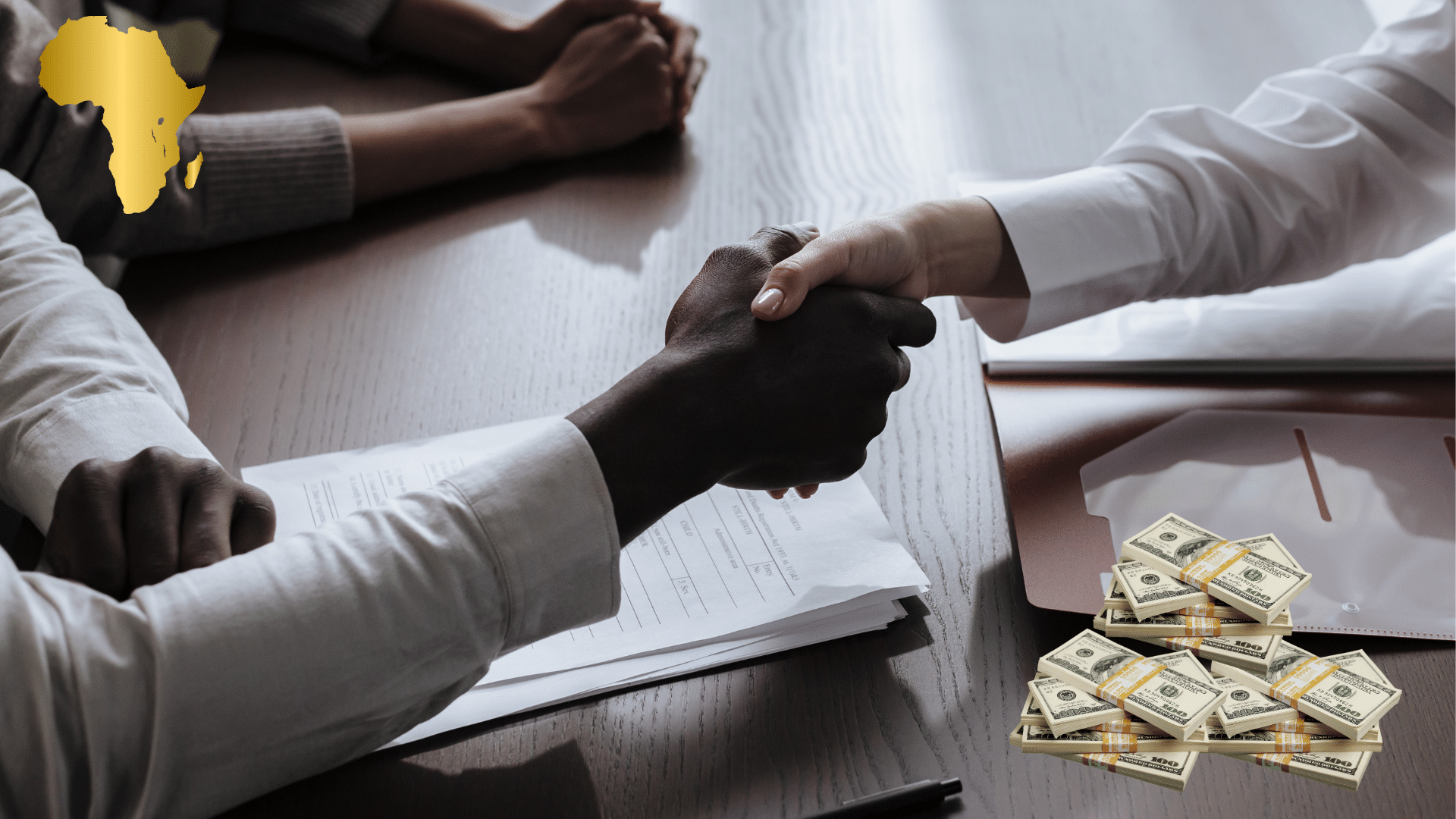Africa’s sports market is peculiar for many reasons. For one, the continent has a sporting legacy characterised by East African runners dominating the world on international athletics tracks, fervent football cultures binding nations, and a growing basketball front, among others.
More than half of Africa’s 1.4 billion population is under 25; the continuous increase in mobile and Internet penetration, with sub-Saharan Africa having 320 million mobile Internet subscribers and contributing $140 billion (7%) to the GDP in 2023, indicates broad consumer willingness to pay for mobile/streaming services. With the popularity of sports streaming today, Africa could grow to have one of the world’s youngest and fastest-growing sports viewerships.
Yet, despite this potential, major international enterprises are noticeably missing from the African sports sponsorship portfolio. Apart from South Africa and Morocco, most of the continent’s sporting organisations struggle to attract significant investments from global corporations.
However, American sports leagues make billions in partnerships, and European football teams command hundreds of millions in sponsorship deals. US professional sports teams, including Major League Baseball, the National Basketball Association (NBA), and the WNBA, saw a collective increase in sponsorship revenue of $6.7 billion in 2023.
Notably, football teams in the English Premier League receive some of the highest funding from shirt sponsorships across Europe. Through shirt deals with Chevrolet, clubs such as Manchester United, Liverpool FC, and Manchester City generated around €74 million in the 2020/2021 season.
On the other hand, in the Nigeria Premier Football League (NPFL), for instance, Rangers International of Enugu reportedly secured a shirt sponsorship agreement two years ago with Afrinvest worth ₦50 million, around $100,000 at the time. Beyond clearly lost opportunities, this discrepancy points to institutional barriers preventing Africa from reaching great heights — some would argue, overdue — in the global sports economy.
The continent’s sports industry is estimated at over $12 billion, with expected growth in the next decade. Nevertheless, its share of global sports sponsorship remains low compared to its demographic and cultural significance. This feature examines why African sports struggle to attract major brands, despite possessing certain fundamental criteria for sponsorship success: a devoted following, athletic prowess, and fast-expanding markets.
An untapped interest zone
With a $12 billion sports industry and a projected increase to $20 billion by 2035, Africa only gets a disproportionately tiny fraction of the endowments available on a larger global scale. The continent has the demographics that brands covet: it hosts over 1.4 billion people — 60% of whom are under 25 [PDF] — and has a mobile/Internet penetration rate of 27%, which added $140 billion to sub-Saharan Africa’s economic value in 2023.
This potential was showcased at the 2023 Africa Cup of Nations, where about $74.75 million was raised in sponsorship revenue and $80 million in profit for CAF, compared to $4 million in prior editions. The tournament, deemed a success by this monumental leap, was broadcast to 180 countries with partners including 1xBet, TotalEnergies, Visa, and MTN.
Still, one can only wish that triumphs of this sort do not remain an exception, as is typical in the region, but rather establish a precedent. Of course, a wide gap still exists between potential and actuality, which stems from underlying systemic issues that continue to stain Africa’s reputation before big international sponsors.
The sponsorship barriers
Most African nations struggle with a significant data deficiency at the general administrative level, which is also evident at the sports level. According to Deloitte’s 2025 sports sector outlook, modern sports organisations must invest in analytics, create extensive fan databases, and use fan data to increase sponsorship value.
One of the main issues facing sports sponsors is the absence of industry-accepted KPIs and transparency for gauging sponsorship viewability. These data challenges are heightened in Africa by a lack of adequate infrastructure and skilled staff.
Major brands expect verifiable audience data, viewership metrics, and ROI estimations to justify why they should invest. However, many African sporting events lack the comprehensive measuring systems required, making it difficult to convey the data-driven insights that modern sponsors would like. This situation then fosters a vicious cycle: without data, brands will not invest, and without investment, organisations cannot afford data collection infrastructure.
Infrastructural anomalies form another strong impediment. In a continent accounting for over 70% of the world’s least developed countries, this has long been an issue and a factor behind big sponsors’ reluctance to commit. Events often suffer from scheduling frailties, low broadcast quality, and unreliable facilities. Weak sports-specific institutional systems, a lack of funding, insufficient infrastructure, and poor administration exacerbate this imbalance.
Concerns about political and economic instability also shape sponsorship decisions. Multinational corporations (MNCs) often prefer to avoid situations of currency volatility, uncertainty regarding policies, and governance worries.
For example, in recent years, inflation and naira devaluation in Nigeria have hit MNCs hard, especially those with USD-denominated costs. Recurring exchange rate swings complicate ROI forecasts, causing brands like GSK Plc, Bayer AG, and Sanofi to scale back.
Besides economic challenges, political concerns can also be noted. In November 2021, Kenya’s Sports Ministry dissolved its football federation amid corruption claims, leading FIFA to suspend the Kenya Football Federation.
Additionally, overreliance on government support has fostered a dependency culture on the continent, reducing incentives for commercial innovation and private sector participation.
Strategic solutions and success models
Despite these drawbacks, certain success stories show promising paths forward. Rwanda’s strategic sports collaborations, for one, provide a convincing blueprint. The country’s sponsorship arrangements with Arsenal and PSG, worth more than $11 million for PSG alone, have increased global awareness and fortified tourism ambitions. Visit Rwanda’s sponsorship deals with top European teams are valued at over $30 million, indicating a significant investment in sports-driven nation promotion.
The Basketball Africa League (BAL), worth nearly $1 billion as of 2021, is another notable model. The BAL, founded in 2021 as an alliance between the NBA and FIBA, has garnered big sponsors including Nike, Wilson, and Hennessy.
As future expectations go, this is one initiative with enough clout to generate the required financial interest in African basketball, particularly with investors who include ex-NBA players (such as Grant Hill and Ian Mahinmi), Babatunde Folawiyo (Chairman and CEO of Yinka Folawiyo Group), Academy Award-winning actor Forest Whitaker, and Barack Obama. BAL is unique because it proves African sporting properties can attract high-profile foreign sponsors when supported by solid organisational frameworks and worldwide collaborations.
These collaborations go beyond mere brand or logo placement. The Arsenal liaison, for instance, encompasses coaching camps for boys and girls, as PSG has constructed a football academy in Rwanda’s southern district. Similarly, the BAL operates on long-term value chains through youth development initiatives and infrastructure investments in the participating nations.
The inaugural BAL tournament in Rwanda in 2021 cut across a viral audience, attracting high-profile partners. This model of engagement demonstrates that sponsorship transcends surface-level branding to tangible impacts.
The prevalence of online betting sponsors across the continent’s sporting scene is also worth mentioning. Africa now has one of the fastest-growing gross gaming revenues globally, which has caused a massive expansion of betting brands in the region’s sports market, with these brands now serving as major stakeholders.
For instance, South Africa’s Premier Soccer League (PSL) struck a R900 million deal with Betway, which is described as the biggest investment in the country’s sports sector. In the West, Merrybet has endorsed grassroots tournaments in Nigeria. Unsurprisingly, these two countries, per estimated gross gaming revenue, remain Africa’s largest sports betting markets, accounting for $800m and $1.2b, respectively.
However, there is a pressing need to diversify beyond this category of stakeholders. Sports collaborations could appeal to brands in technology, finance, and consumer goods seeking genuine African market penetration, particularly if they are supplied with solid audience data and practical ways to engage the audience.
Key imperatives for change
Africa’s sports-sponsorship challenges are clearly not set in stone; they can be addressed. As highlighted above, the continent has nearly all of the ingredients necessary for sponsorship success. What remains in data infrastructure, organisational consistency, and so on, can be addressed sustainably with more strategic focus and coordinated efforts.
The question is not whether Africa can become an active participant in global sports sponsorship but rather how soon it can establish the framework required to secure its proper place in this brimming industry.







